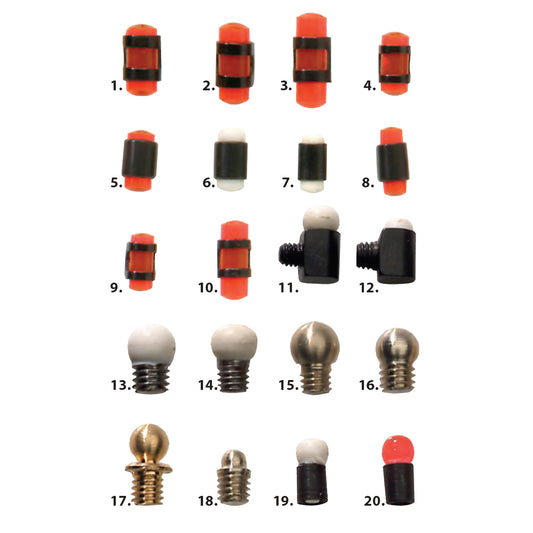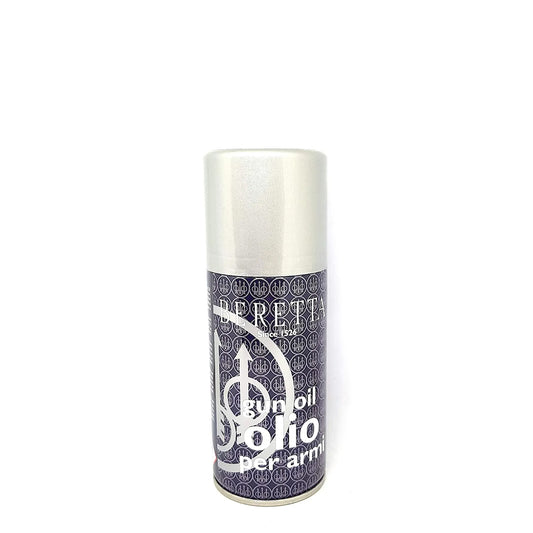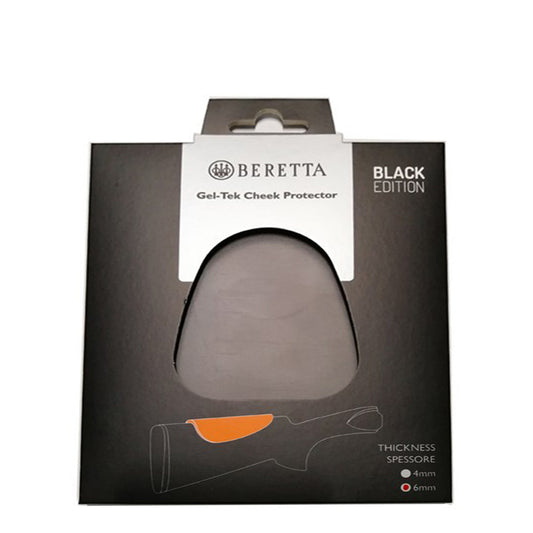Table of Contents
12th August, or more commonly known as The Glorious Twelfth, is a coveted day for the sporting community of the United Kingdom. Dubbed by some the ‘New Year’s Day of hunting’, as it marks the start of the 121-day grouse shooting season. As purveyors of the finest outdoor and country wear attire, we thought it apt to delve deeper into the traditions and rituals that make this event what it is today. While tradition remains important, modern conditions often demand modern solutions. Many people now choose Chevalier performance gear for its lightweight protection and silent movement.
The early beginnings – 1773
The shooting law to put restrictions on when you could and couldn’t shoot game appeared way back in the Game Act of 1773 – “An Act to explain – the preservation of the moor or hill game”.
Enacted on the 24th June, the Act stated that no one would be allowed to hunt or even buy “black-game” or “grouse, commonly called red-game, between the tenth day of December and the twelfth day of August.” In that instant, the 12th August became the first day of the season.
Licenses change the game – 1831
Moving on to 1831, another Game Act was introduced to clarify the law surrounding game hunting, and it was the introduction of licenses, a practice that still exists today.
“Before any person takes, kills, pursues or aids or assists in any manner in so doing, or who uses any dog, net, gun or other engine for the purpose of taking, pursuing or killing any game, woodcock, snipe or any deer, must take out a licence to kill game.”
The concept of licenses was an essential moment for the sport. Not only did it mark the end of ‘Royal Forests’ – the monarch’s protected hunting grounds that had been around since the 11th Century – but it was an indication of how popular game shooting had become.

The sport grows in popularity – 1853
The most significant surge in popularity of grouse shooting occurred in the 1850s, during the Victorian era. The introduction of widespread railway networks across the UK suddenly allowed more people than ever to reach the moors.
Teamed with the advancement of ‘breech-loaded’ shotguns, which allowed more effortless and faster reloading. As a result, the bags from a day’s shooting in those days were enormous.
The impact of rationing – 1940s/50s
With food supplies being cut off by Germany, Britain’s food imports dropped from 55 million tons to 12, barely a month into the war, and rationing took hold.
As a result, game shooting quickly went from being an aristocratic preserve to a necessary countryside pursuit. There are examples of farmers and landowners with large areas of land who would invite their employees to shoot. The owners got free pest control, and the employees kept the meat.
The Glorious Twelfth Current Day
These days, the Glorious Twelfth becomes more ‘glorious’ with every passing season – generating around £150 million a year from shooting tourism. The red grouse, in particular, is the most popular bird to shoot, since it is uniquely native to Britain.












